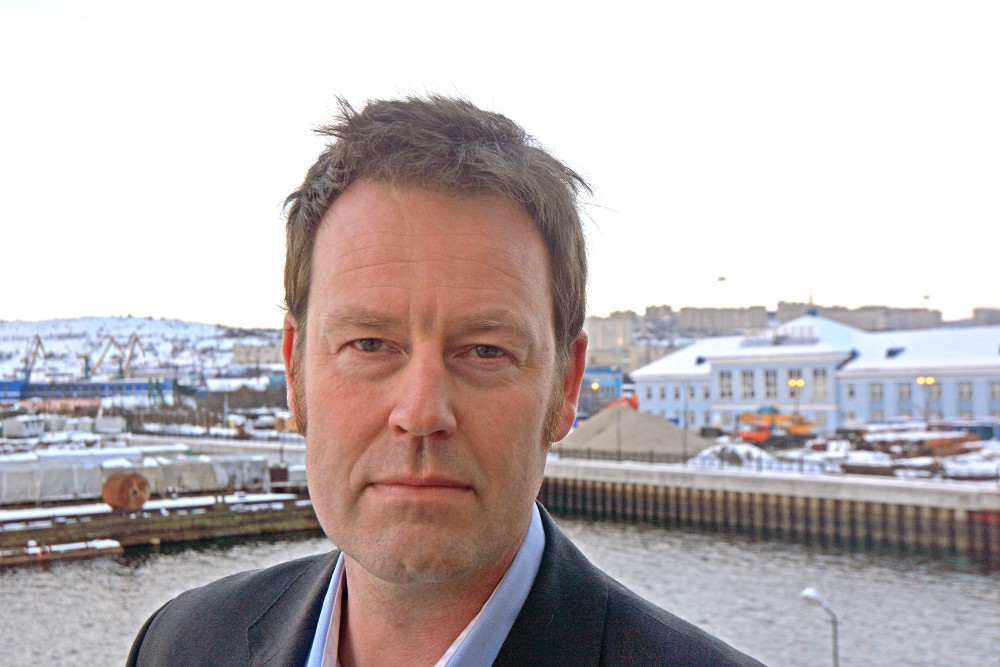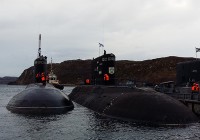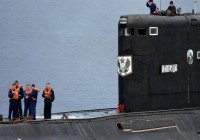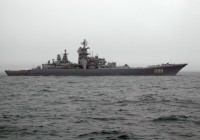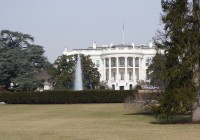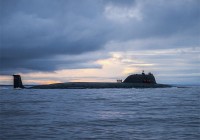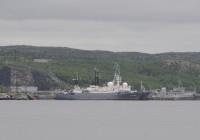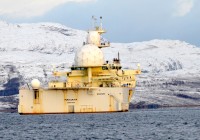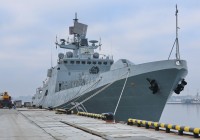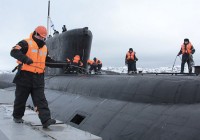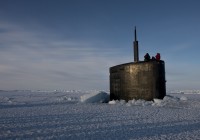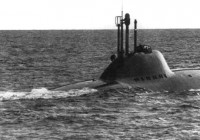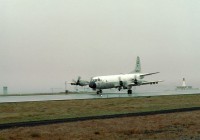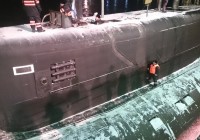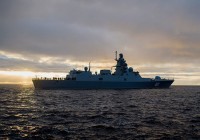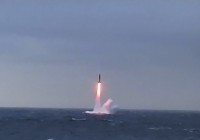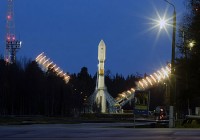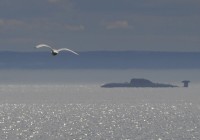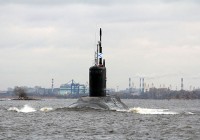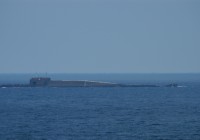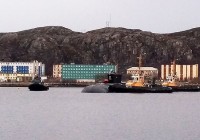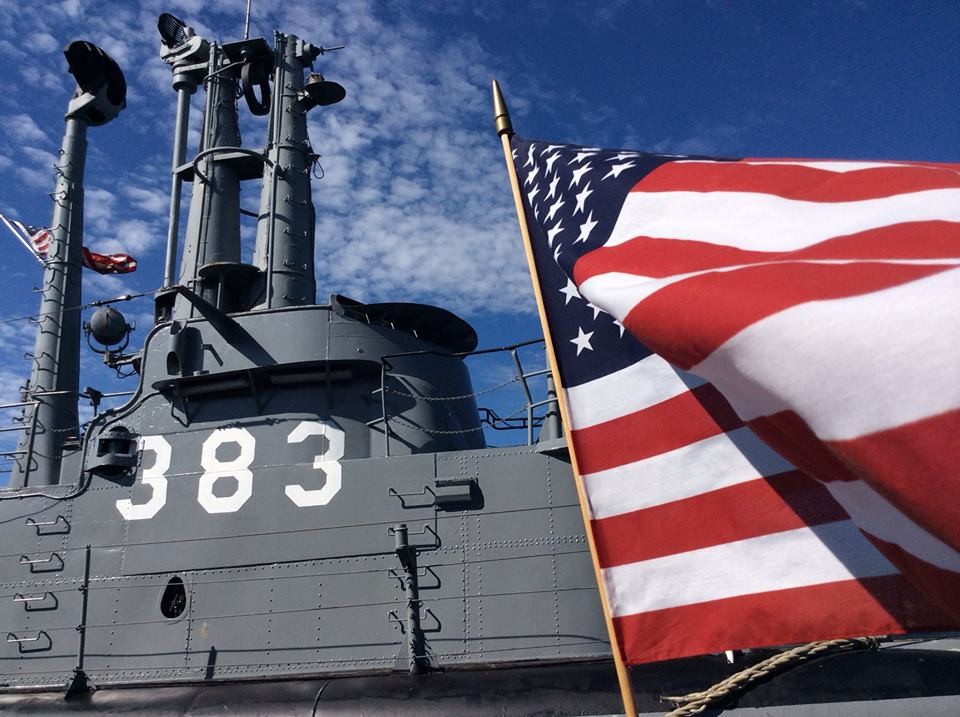
US Navy sub surfaced outside Tromsø
ADVERTISEMENT
On Wednesday, Ministry of Defence State Secretary Øystein Bø told the participants at the UDT 2016 Undersea Defence Technology conference in Oslo that more allied naval activity would be appreciated in northern waters.
Less than 24 hours later an American nuclear powered attack submarine surfaced in the waters outside Tromsø in northern Norway. Nordlys was the first to report about the submarine’s appearance.
Press spokesman Lt. Col. Ivar Moen with the Norwegian Joint Headquarters confirms to the Barents Observer the visit by the US Navy submarine.
“Yes, it was an American nuclear powered submarines in the waters west of Tromsø,” Moen says. The Joint Headquarters approved the visit and the Defence Forces supported with Coast Guard vessel “Senja”.
Change of crewmembers was one of the tasks. The submarine did not make port call.
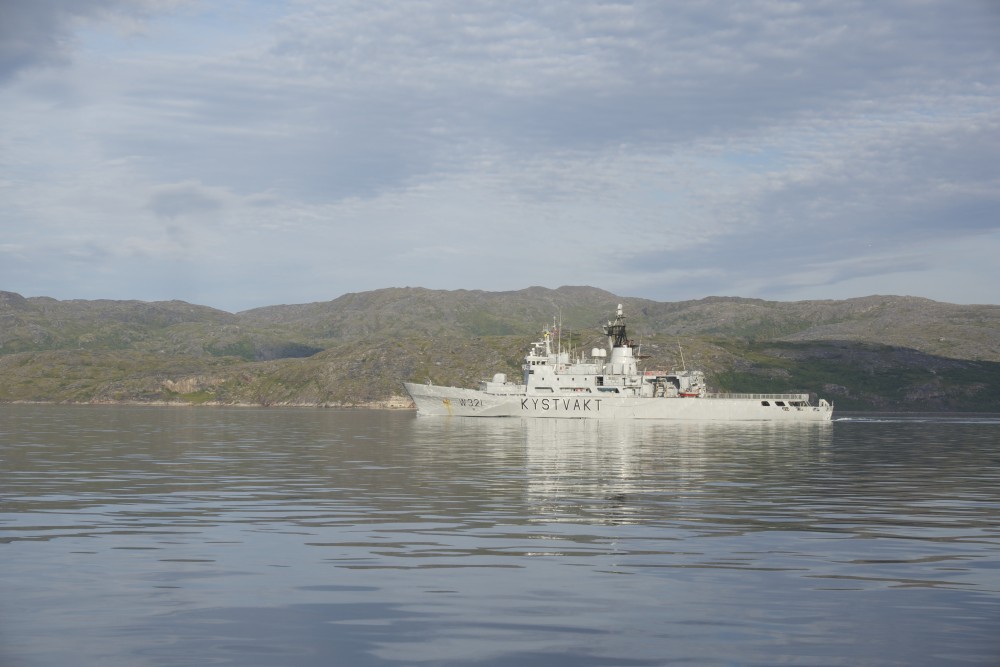
Defence State Secretary wants more allied sailings
At the Undersea Defence conference in Oslo Øystein Bø argued that greater NATO presence is needed in northern waters.
ADVERTISEMENT
“Allied military peacetime activity in Norway and the North Atlantic remains an important part of a credible and robust policy. Therefore, we would definitely like to see a more frequent peacetime presence of allied forces in the High North and in the North Atlantic,” Øystein Bø said quoted by Jane’s.
Last month, a possible port call by a nuclear powered submarine to the municipal harbour facilities in Tromsø raised a public debate on the radiological safety preparedness.
More Russian submarines
American or British nuclear powered submarines have not made any port calls to harbours in northern Norway since 2007. The visit was then to Olavsvern, a naval base 20 kilometres from Tromsø that the Norwegian Parliament decided to close down in 2009.
Over the last few years, Russian submarine activity in the Barents Sea and the North Atlantic has increased sharply. In February, Commander of NATO’s Maritime Command Vice-Admiral Clive Johnstone said the Alliance sees “more activity from Russian submarines than we’ve seen since the days of the Cold War.”
Two weeks ago, Norway’s brand new intelligence gathering vessel “Marjata” made her first port call to Kirkenes. The vessel’s mission is to keep an eye on Russia’s naval activities in the Barents Se.
Tracking Russian naval activity
It is reasonable to believe that American nuclear powered submarines sailing outside the coast of northern Norway also are there to track Russian submarines sailing in and out from the Northern fleet’s naval bases along the coast of the Kola Peninsula. American ballistic missile submarines do normally not sail in the north Atlantic and would therefore not need protection by attack submarines here.
The American submarine had her AIS transmitter turned on while in surface position outside Troms Thursday morning. The route, possible to track via Marine Traffic, shoeed the submarine sailed north before diving.
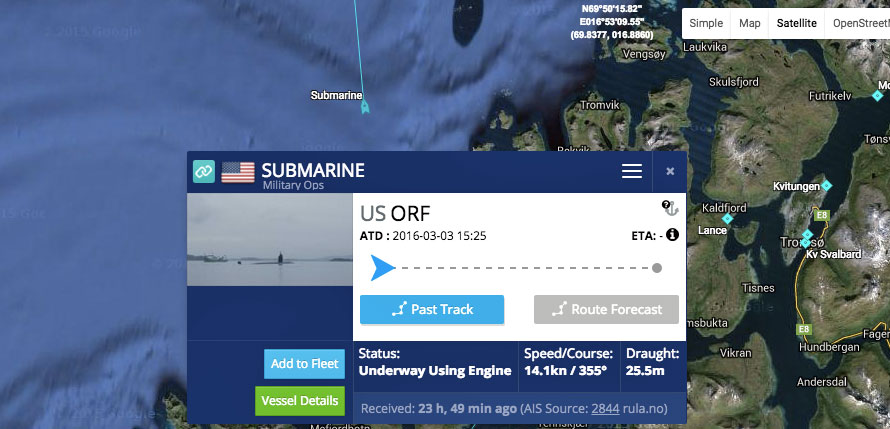
Emergency response preparedness
Nuclear safety expert Nils Bøhmer with the Bellona Foundation appreciate that the AIS was on.
“It means local authorities don’t only have to relay on what information military officials want to provide. It might give local authorities a better preparedness,” Nils Bøhmer says to the Barents Observer.
“Traditionally, visits to Norwegian waters by allied nuclear powered submarines have been surrounded with a lot of secrecy.”
